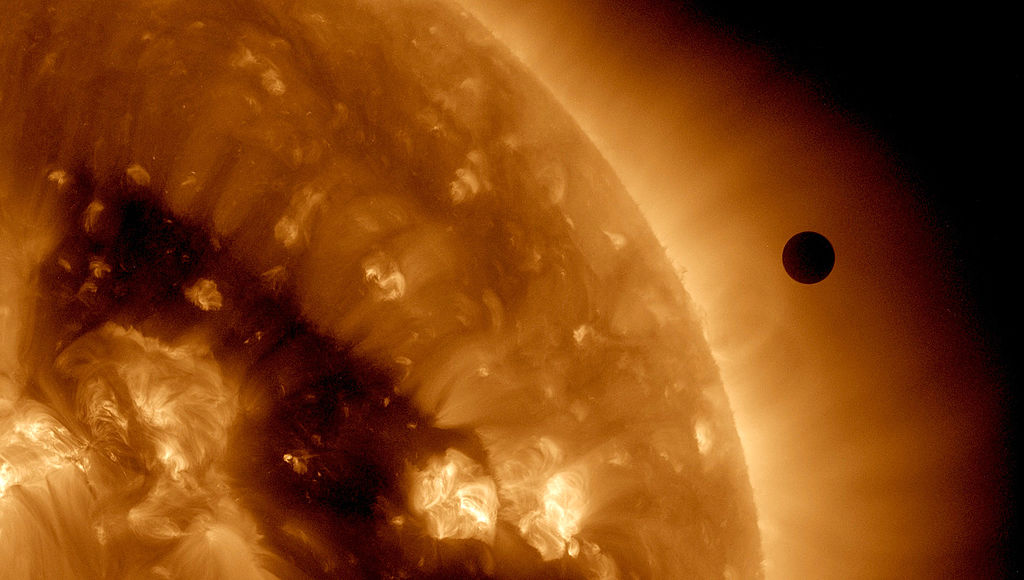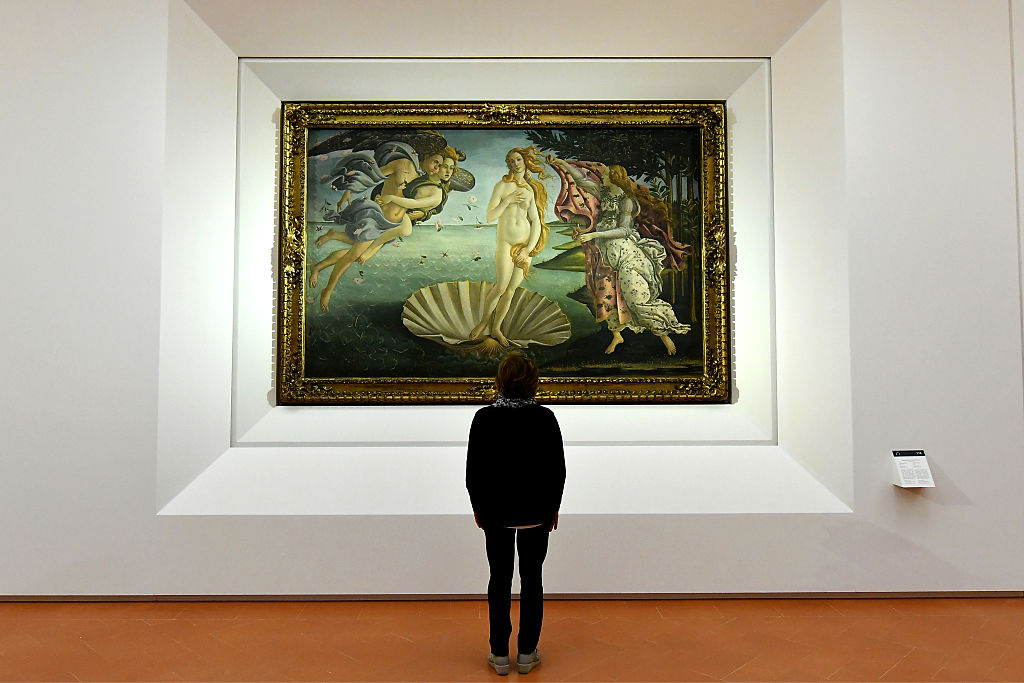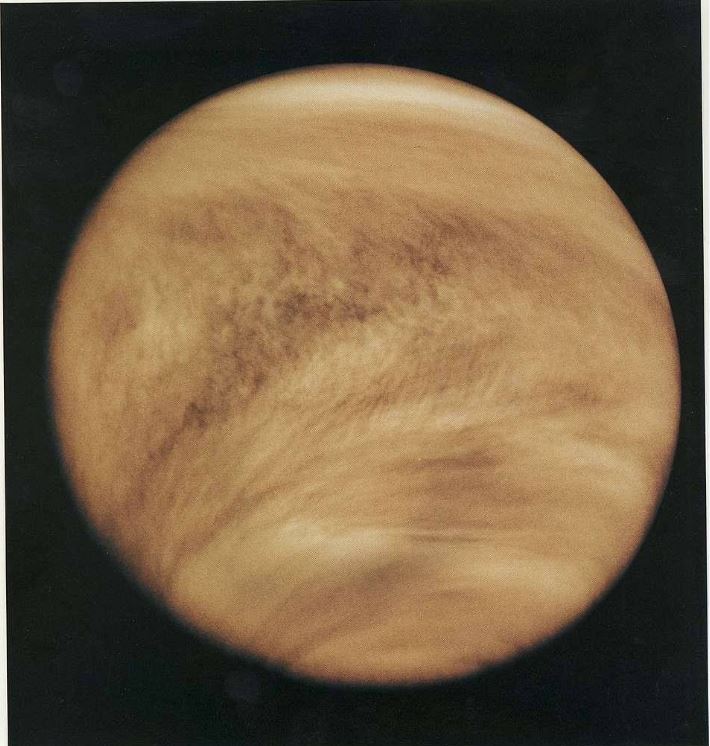Humans have always gazed at the night sky and dreamed of exploring space.
In the latter half of the 20th century, powerful rockets were developed to overcome the force of gravity and reach orbital velocities, making space exploration a reality.
In the 1930s and 1940s, Nazi Germany explored the potential of long-distance rockets as weapons. During the final stages of World War II, London was attacked by V-2 missiles, which traveled 200 miles and reached altitudes of 60 miles at speeds exceeding 3,500 miles per hour. After the war, both the United States and the Soviet Union developed their own missile programs.
On October 4, 1957, the Soviets launched Sputnik 1, the first artificial satellite, into space. Four years later, on April 12, 1961, Russian Lt. Yuri Gagarin became the first human to orbit Earth aboard Vostok 1, completing a 108-minute flight that reached an altitude of 327 kilometers (about 202 miles).
The United States launched its first satellite, Explorer 1, on January 31, 1958. In 1961, Alan Shepard became the first American to travel into space. On February 20, 1962, John Glenn made history as the first American to orbit Earth.
As of February 2024, 44 countries have sent citizens into Earth’s orbit, and more than 80 countries have a presence in space. The countries that have contributed the most space travelers are the United States, Russia, China, Japan, Germany, France, Canada, and Italy.
Some countries have also sent satellites into space, with over 80 countries doing so as of June 2024. For example, the United Arab Emirates has sent a probe to Mars, and Israel has landed on the moon.
In this new series, we will explore the remarkable adventures of space exploration, examining what we have learned and how our perspectives on planets and space have evolved through history and culture.
Join Us In Exploring The Cosmos !
Russia’s Obsession with Venus!

Here’s a fascinating story about how Russia became obsessed with Venus, ultimately yielding significant scientific discoveries through their perseverance.
The Soviet Union’s exploration of Venus, known as the Venera project, was driven by both scientific curiosity and political ambition. Between 1961 and 1985, the Soviet Union launched a series of 16 missions to Venus, including orbiters, landers, and atmospheric probes. Their goal was to gather comprehensive data about Venus, Earth’s closest planetary neighbor, and to achieve historic milestones in space exploration.
The Venera missions dramatically enhanced our understanding of Venus, uncovering critical details about its atmosphere, surface conditions, and geological history. Through a succession of largely successful robotic missions, the Soviet Union not only advanced space technology but also accomplished numerous pioneering achievements in the exploration of Earth’s “sister” planet.
Some of the missions’ discoveries include:
-
Venera 4In 1967, this atmospheric probe parachuted toward the surface and provided the first direct measurements of Venus’s upper atmosphere.
-
Venera 7In 1970, this unmanned spacecraft became the first to land on another planet.
-
Venera 8In 1972, this lander gathered atmospheric and surface data for 50 minutes after landing.
-
Venera 9In 1975, this lander took the first close-up photograph of Venus’s surface.
-
Venera 10This mission sent back black-and-white images of lava rocks and studied the planet’s surface.
-
Venera 11 and Venera 12In 1978, these missions reached the surface of Venus but had color camera failures.
-
Venera 13This mission recorded the sounds of the Venusian wind, the first such recording on another planet.
This mission recorded and sent back images of the Venusian wind. The Venera missions also confirmed Venus’s extreme greenhouse effect, which is caused by high concentrations of carbon dioxide in the planet’s atmosphere. This traps heat and creates surface temperatures that are hot enough to melt lead.
The Enigmatic Venus: A Journey Through Myth and History
As the brightest object in the sky after the Sun and the Moon, Venus has captivated humanity since prehistoric times. In Siberia, Venus was uniquely named Cholbon and was recognized not only as the Morning and Evening Star but also occasionally as other bright planets like Jupiter or Mars. This long-standing recognition underscores Venus’s prominent place in our sky and mythology.
Venus and Aphrodite
Venus is named after the Roman goddess of love and beauty, paralleling the Greek goddess Aphrodite, the Egyptian goddess Isis, and the Phoenician goddess Astarte. Associated with the metal copper, a flattish triangle, the number five, the color blue, and the day Friday, Venus/Aphrodite’s influence spans cultures and time. The Saxons linked Venus to their fertility goddess Fria, resulting in the English name for Friday, while the French name Vendredi reflects its Greek-Latin origin.
The Birth of Venus
Two main myths explain Aphrodite’s origins. Hesiod’s version posits that she predates the Olympian gods. When the Titan Cronus severed his father Uranus’s genitals and cast them into the sea, the resulting foam birthed Aphrodite near Cyprus. She emerged fully grown, bypassing infancy and childhood. This story inspired the famous painting “The Birth of Venus” by Sandro Botticelli (1485-86).

The articulation of the space has been reorganized for to faciliate the visit thanks to a large donation by the “Friends of Florence Foundation”. / AFP / ALBERTO PIZZOLI / RESTRICTED TO EDITORIAL USE – MANDATORY MENTION OF THE ARTIST UPON PUBLICATION – TO ILLUSTRATE THE EVENT AS SPECIFIED IN THE CAPTION (Photo credit should read ALBERTO PIZZOLI/AFP via Getty Images)
Homer offers a different narrative, naming Aphrodite as the daughter of Zeus and the ocean nymph Dione. Despite her marriage to Hephaestus (Vulcan), she engaged in numerous extramarital affairs, most famously with Ares, the God of War, and the mortal Adonis. Aphrodite’s children include Eros (Cupid), Deimos (Fear), Phobos (Panic), Harmonia, and Aeneas, born from her union with Anchises, King of Dardania.
Stories like these often were told about celestial bodies in history, the ancients used Astronomy to study celestial objects and the phenomena that occur in the cosmos. It uses mathematics, physics, and chemistry in order to explain their origin and their overall evolution. Objects of interest include planets, moons, stars, nebulae, galaxies, meteoroids, asteroids, and comets. Whole myths and legends came from just observing the sky.
Venus in Other Cultures
The significance of Venus transcends Western mythology. In China, Venus was the Great White One, linked to the element metal (gold), the westerly direction, and the same weekday. This celestial body’s influence likely contributed to the concept of a seven-day week and planetary hour rulership, possibly originating in India.

In Central America, the Maya viewed Venus as the god of war, with its movements meticulously recorded in a ritual calendar due to its ominous associations with death and destruction.
Conclusion
Venus’s brilliance in the sky has made it a beacon of myth and wonder across civilizations. From the intricate stories of Aphrodite and Ishtar to its cultural significance in China and Mesoamerica, Venus continues to shine as a symbol of beauty, love, and cosmic influence.

Reference article
https://www.cnn.com/2020/09/18/world/venus-russian-planet-scn-scli-intl/index.html





